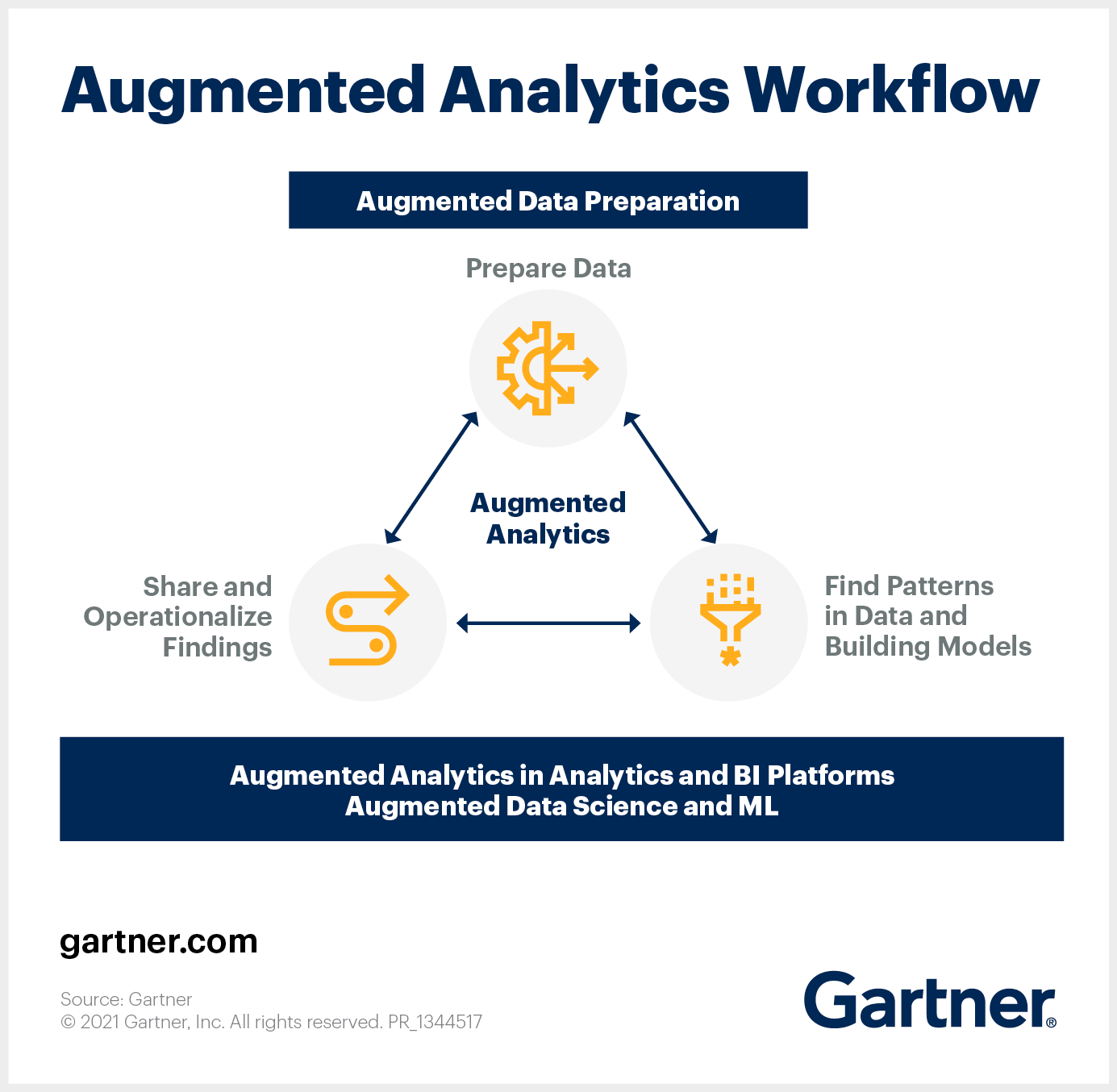As the power of data science provides organizations with differentiating competitive advantages, the demand for talent is rising. Supply, meanwhile, remains too scarce to meet that demand. This has led to data science and machine learning (ML) being opened up to nontraditional roles, such as the citizen data scientist.
According to Gartner, a citizen data scientist is a person who creates or generates models that leverage predictive or prescriptive analytics, but whose primary job function is outside of the field of statistics and analytics.
Download E-Book: The Future of Decisions
These roles are often promoted as a silver bullet that can accelerate organizations into artificial intelligence (AI) and ML easily and cost-effectively. However, very few organizations have managed to harness the capabilities of citizen data scientists.
“The biggest struggle organizations face is the lack of clarity of responsibilities of a citizen data scientist,” says Anirudh Ganeshan, Associate Principal Analyst, Gartner. “This vagueness creates hostilities among expert and citizen roles and impedes healthy collaboration and communication.”
For citizen data scientists to be successful, data and analytics (D&A) leaders must enable, encourage and promote the role as a legitimate approach for producing analytics. To do so, D&A leaders need to perform these four actions.
1. Build a CDS ecosystem
To empower citizen data science (CDS), D&A leaders need a comprehensive ecosystem that includes people, tools, data and processes. A superficial assumption that citizen data scientists have the knowledge and skills needed to access, transform and investigate data for conducting robust, advanced analyses is futile. A data literacy program is a must for citizen data scientists to access, use and make sense of the data provided.
“Citizen data scientists must not work in isolation,” says Ganeshan.
Complementary roles such as business translators, developers, data engineers and machine learning architects together can support citizen data scientists to fill in the skill gaps that they lack.
In addition to a vibrant analytics community consisting of various complementary roles, efficient processes that enable the smooth flow of analytics content creation and publication must be set up.
2. Add capabilities that enable augmented analytics
Organizations should consider incrementally adding capabilities that extend the analytics tools already in use instead of a “big bang” approach. This means that D&A leaders need to provide extensions to the existing tools used by citizen data scientists and not overwhelm them with entirely new tools.
The first step is to conduct a holistic analysis of the existing tools and capabilities that citizen data scientists use, and identify gaps. The tools need to complement the capabilities of CDS, such as data storytelling, data preparation, direct querying using natural language query, operationalization of analytics models and so on.
Augmented analytics provides a guided, smart approach to conducting several steps, such as augmented data preparation, augmented data discovery and augmented data science. D&A leaders can add these to the existing toolkit for CDS.
3. Start business extension projects that involve CDS
Business extension projects are the go-to opportunities for citizen data scientists to exhibit immediate value-add to their organizations’ D&A strategy. For example, D&A leaders can start with identifying existing processes in the organization that require repetitive decision making. Citizen data scientists can be leveraged to perform repetitive and redundant tasks in the analytics workflow, and therefore create value to the organization, while allowing expert data scientists to focus on more complex tasks.
When choosing business extension projects for citizen data scientists, D&A leaders need to keep four things in mind:
- Prioritize projects that address known and scoped opportunities related to existing business processes or products.
- Communicate and share the models developed, as well as the analytics results.
- Avoid the creation of shelf work — utilize what is created.
- Introduce transformational projects into the mix, working in close collaboration with expert data scientists.
4. Build collaboration channels between citizen data scientists and expert data scientists
Citizen data scientists cannot replace expert data scientists; they are a complement to existing analytics roles. “Citizen data scientists should not leverage self-service data science platforms in a siloed manner. Instead, they should participate in the development process with the expert data scientist who will eventually be responsible for validating those models before moving them into production,” says Ganeshan.
D&A leaders need to focus on building and enabling communication and collaboration across the analytics process and involve both expert and citizen roles in defining the collaborative process and approach.
![]()
The post How to Use Citizen Data Scientists to Maximize Your D&A Strategy appeared first on Smarter With Gartner.

